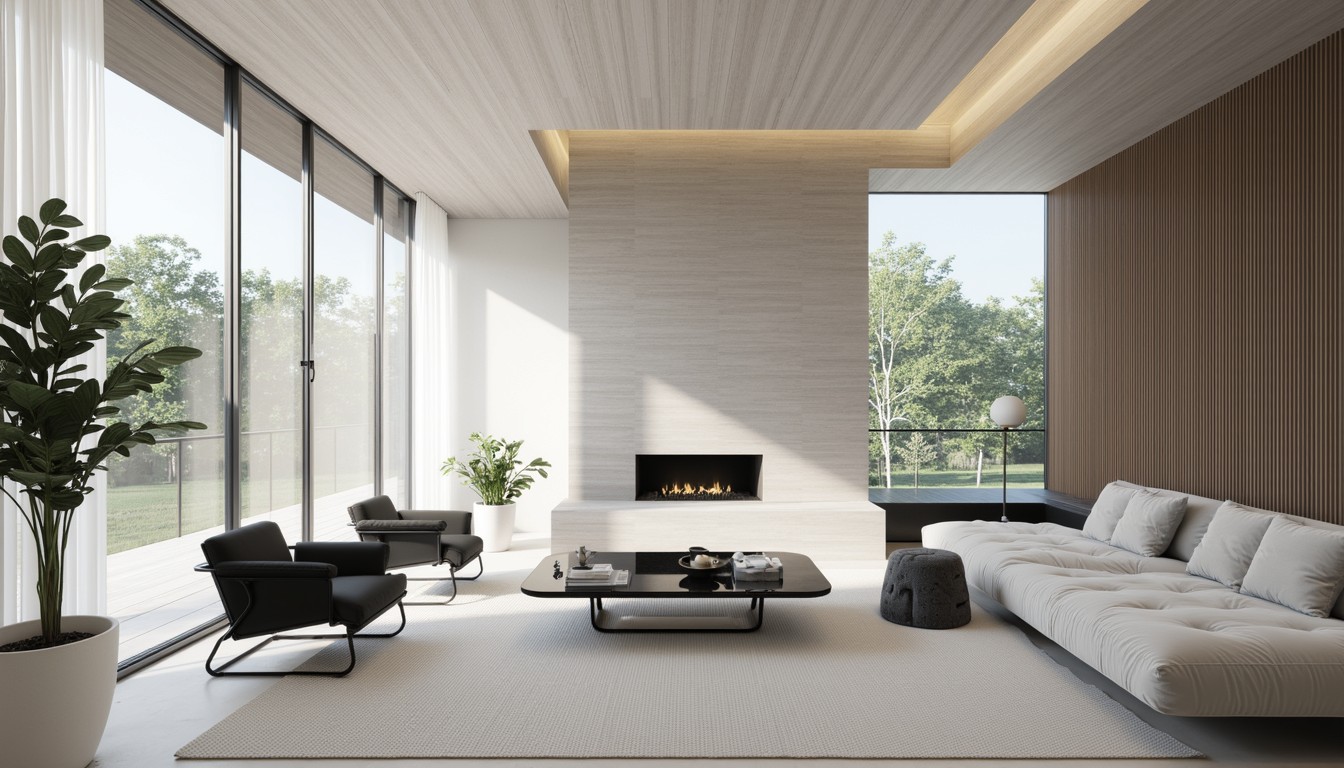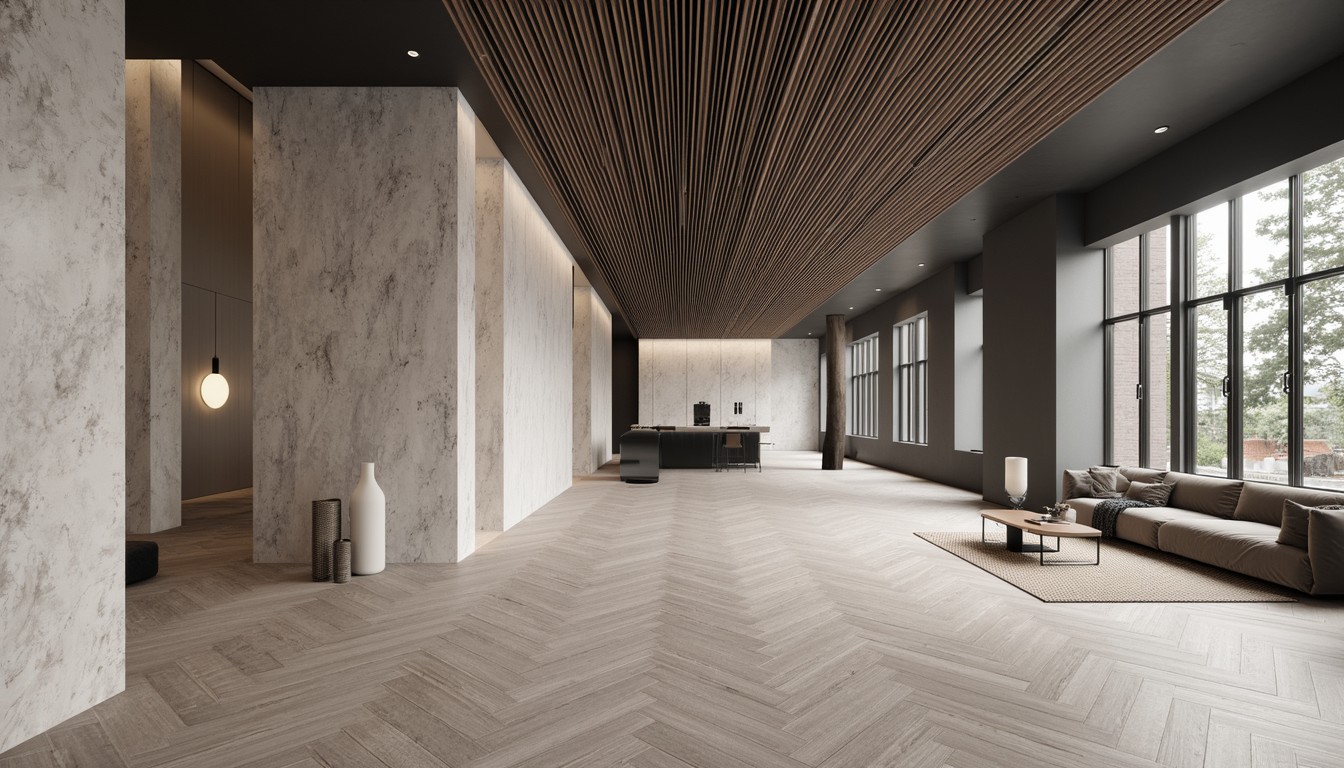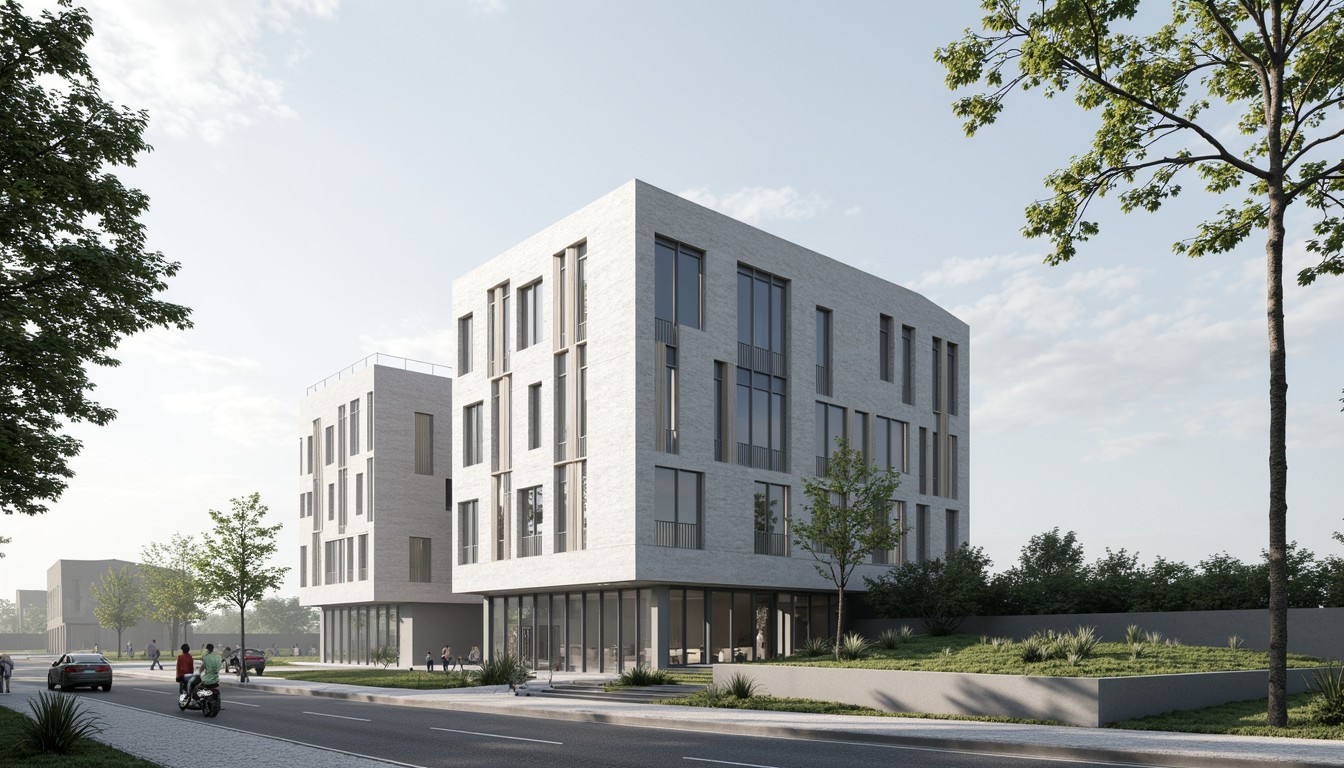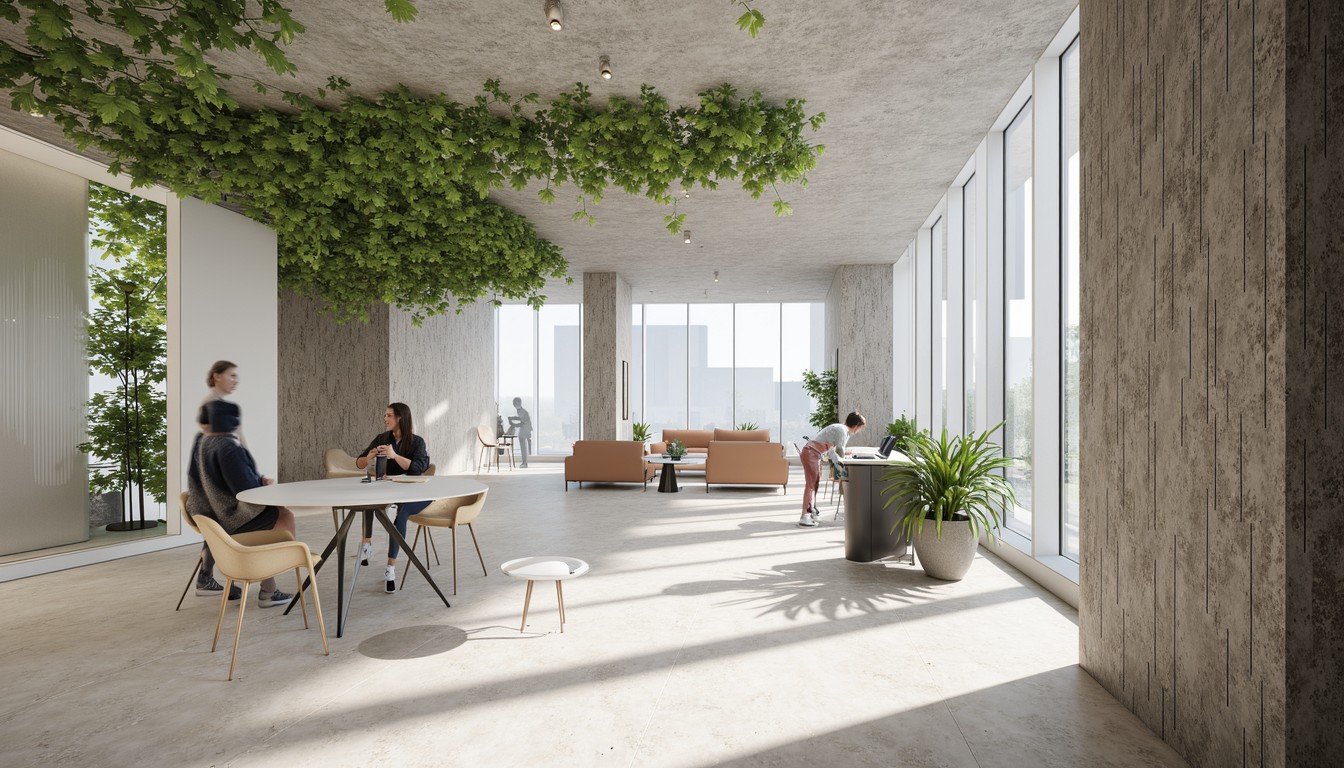AI-Powered Space Planning: A Design Revolution
The architectural landscape is undergoing a significant transformation, driven by the rapid advancements in artificial intelligence (AI). One area experiencing a particularly profound impact is space planning. No longer a laborious, iterative process, AI is streamlining and enhancing the design process, leading to more efficient, creative, and client-satisfying results. This article delves into the exciting world of AI-powered space planning, exploring its benefits, applications, and the future it holds for architects and designers.
The Benefits of AI in Space Planning

Integrating AI into space planning offers a multitude of advantages, significantly improving the efficiency and effectiveness of the design process. These benefits include:
- Increased Efficiency: AI algorithms can automate repetitive tasks such as generating floor plans, analyzing space utilization, and optimizing furniture placement. This frees up architects and designers to focus on more creative and strategic aspects of the project.
- Improved Accuracy: AI can analyze vast datasets to identify potential design flaws or conflicts early in the process, minimizing costly revisions later on. This leads to more accurate and efficient project delivery.
- Enhanced Creativity: AI can generate multiple design options based on specific parameters and constraints, sparking new ideas and pushing the boundaries of creative exploration. It acts as a powerful design assistant, not a replacement for human ingenuity.
- Better Client Collaboration: AI-powered tools can facilitate better communication and collaboration with clients by providing interactive 3D models and visualizations that allow for real-time feedback and adjustments.
- Cost Optimization: By identifying potential cost-saving measures early in the design process, AI can help to optimize project budgets and improve overall profitability.
- Sustainable Design: AI can analyze energy efficiency and environmental impact, enabling architects to design more sustainable and environmentally friendly spaces.
Real-World Applications of AI in Space Planning
The applications of AI in space planning are diverse and expanding rapidly. Some key examples include:
- Automated Floor Plan Generation: AI algorithms can generate multiple floor plan options based on user-defined parameters such as space requirements, building codes, and budget constraints. This allows architects to explore a wider range of possibilities quickly and efficiently.
- Space Optimization: AI can analyze space utilization to identify areas for improvement, maximizing efficiency and minimizing wasted space. This is particularly valuable in commercial spaces like offices and retail stores.
- Furniture Placement Optimization: AI can optimize furniture placement to improve workflow, accessibility, and overall aesthetics. This leads to more functional and user-friendly spaces.
- Building Information Modeling (BIM) Integration: AI can be integrated with BIM software to enhance the accuracy and efficiency of the design process, providing real-time feedback and insights.
- Virtual Reality (VR) and Augmented Reality (AR) Integration: AI-powered VR and AR applications allow clients to experience the design in a more immersive and interactive way, facilitating better communication and collaboration.
- Predictive Analytics: AI can predict future space needs based on historical data and trends, enabling proactive planning and design.
Addressing Concerns and Challenges

While AI offers significant advantages, it's crucial to acknowledge potential challenges. Data privacy, algorithm bias, and the need for human oversight are key considerations. Architects must ensure ethical use and maintain their crucial role in design decision-making. The reliance on accurate and complete data is paramount for AI to function effectively. Furthermore, the initial investment in AI-powered software and training can be substantial.
ArchNav: Leading the AI Revolution in Architectural Visualization
ArchNav is at the forefront of leveraging AI to revolutionize architectural visualization. Our cutting-edge technology integrates AI-powered tools throughout the design process, from initial space planning to final rendering. We offer unparalleled efficiency, accuracy, and creative possibilities, empowering architects and designers to create exceptional spaces. Our expertise combines the power of AI with the human touch, ensuring that technology enhances, not replaces, the creative vision.
The Future of AI in Space Planning

The future of AI in space planning is bright, with ongoing advancements promising even greater efficiency, creativity, and sustainability. We can expect to see more sophisticated AI algorithms capable of handling increasingly complex design challenges. Integration with other emerging technologies, such as generative design and digital twins, will further enhance the capabilities of AI in space planning. The collaboration between human creativity and AI's analytical power will define the next generation of architectural design.
Conclusion
AI-powered space planning is no longer a futuristic concept but a powerful reality transforming the architectural industry. By embracing these advancements, architects and designers can unlock new levels of efficiency, creativity, and client satisfaction. ArchNav is committed to leading this revolution, providing architects with the tools and expertise they need to design the spaces of tomorrow. Contact us today to learn how we can help you leverage the power of AI in your next project.
